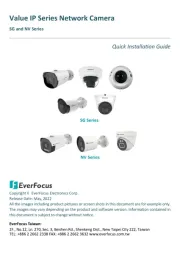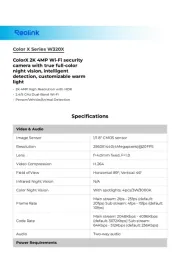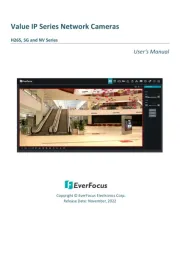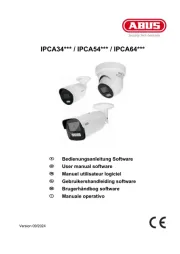Joblotron JA-80V Manual
Joblotron
Overvågningskamera
JA-80V
| Mærke: | Joblotron |
| Kategori: | Overvågningskamera |
| Model: | JA-80V |
Har du brug for hjælp?
Hvis du har brug for hjælp til Joblotron JA-80V stil et spørgsmål nedenfor, og andre brugere vil svare dig
Overvågningskamera Joblotron Manualer

13 Maj 2024

18 April 2024

17 April 2024

6 April 2024

6 April 2024

1 April 2024

27 Marts 2024

6 Marts 2024

6 Marts 2024

6 Januar 2024
Overvågningskamera Manualer
- Sitecom
- JUNG
- Leviton
- Philips
- Seneca
- Crestron
- SMONET
- Aiptek
- Canon
- Epiphan
- DiO
- Bresser
- OBSBOT
- Simrad
- Stabo
Nyeste Overvågningskamera Manualer

30 Oktober 2025

30 Oktober 2025

30 Oktober 2025

30 Oktober 2025

30 Oktober 2025

30 Oktober 2025

30 Oktober 2025

30 Oktober 2025

30 Oktober 2025

30 Oktober 2025
